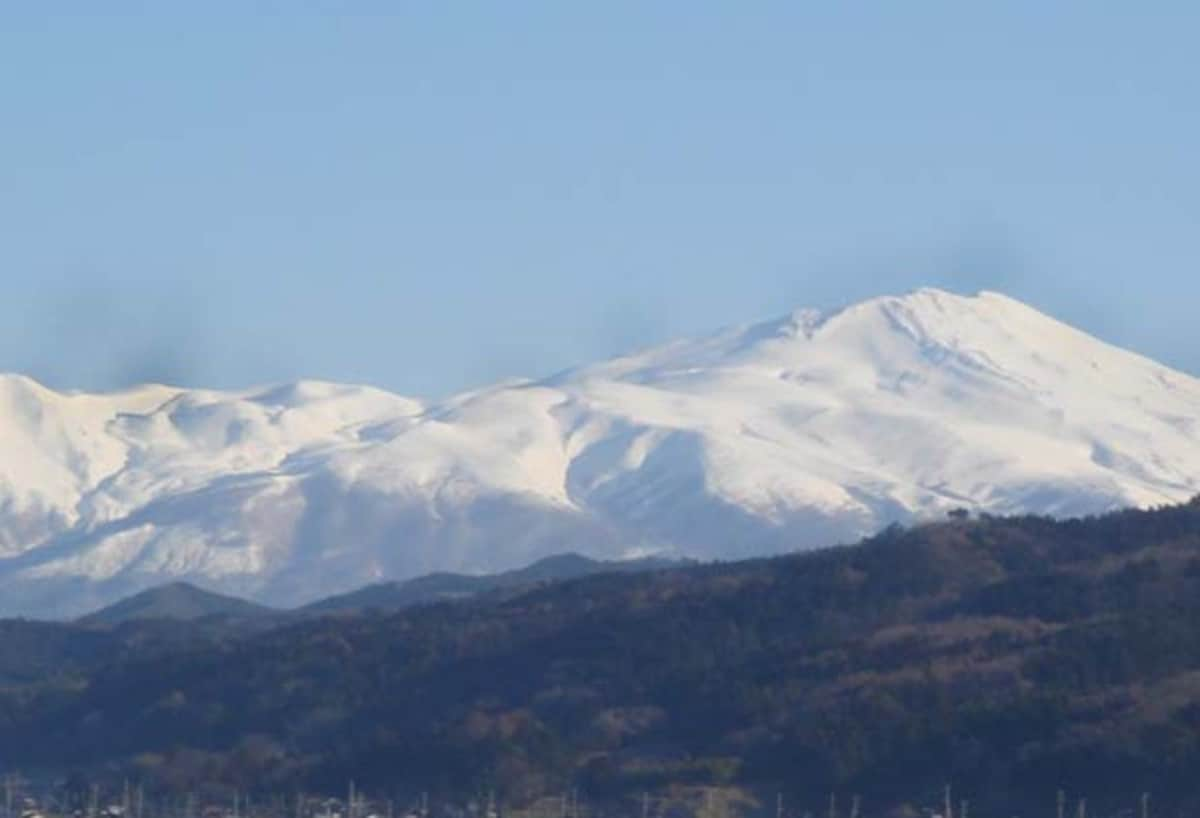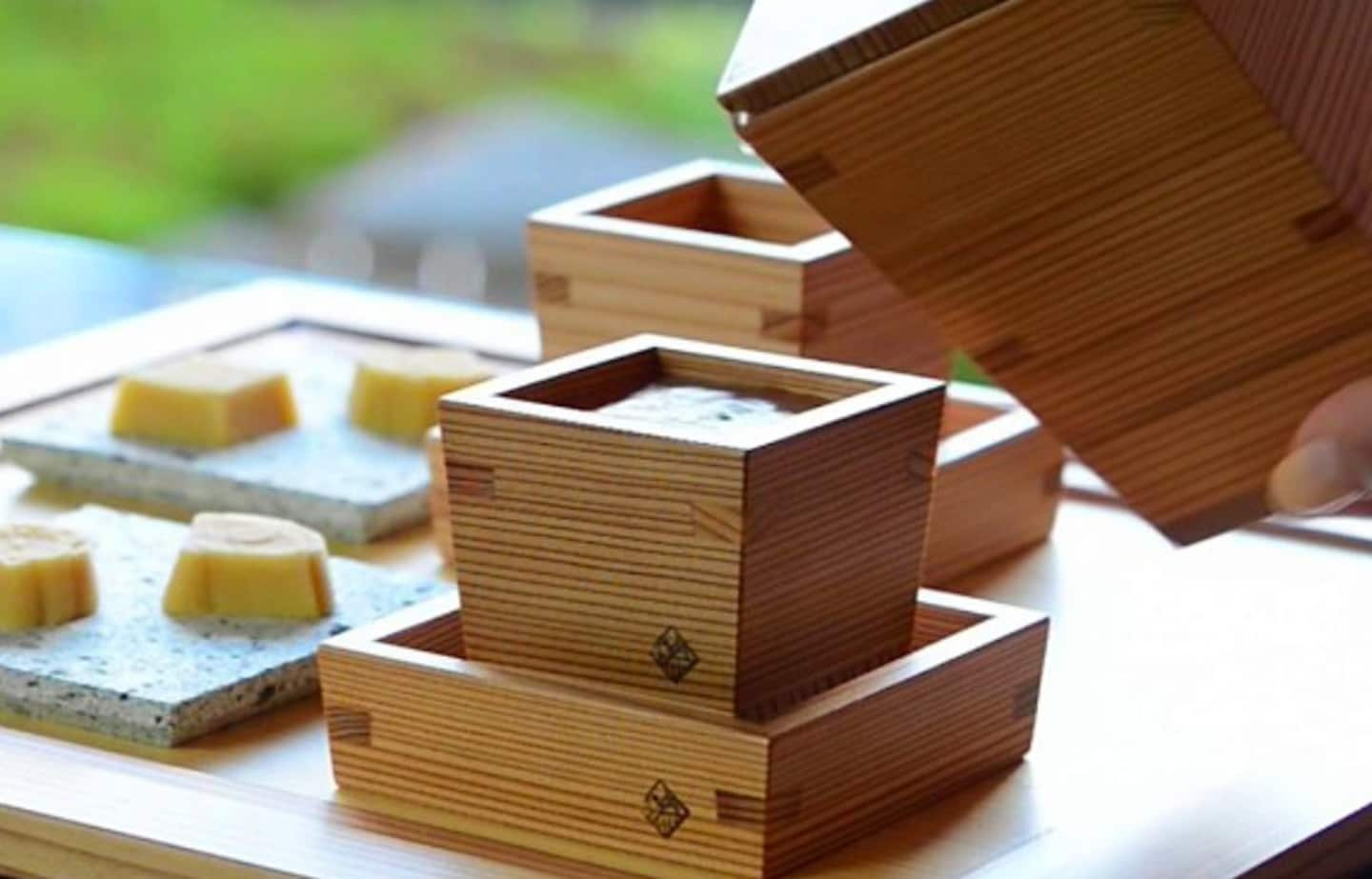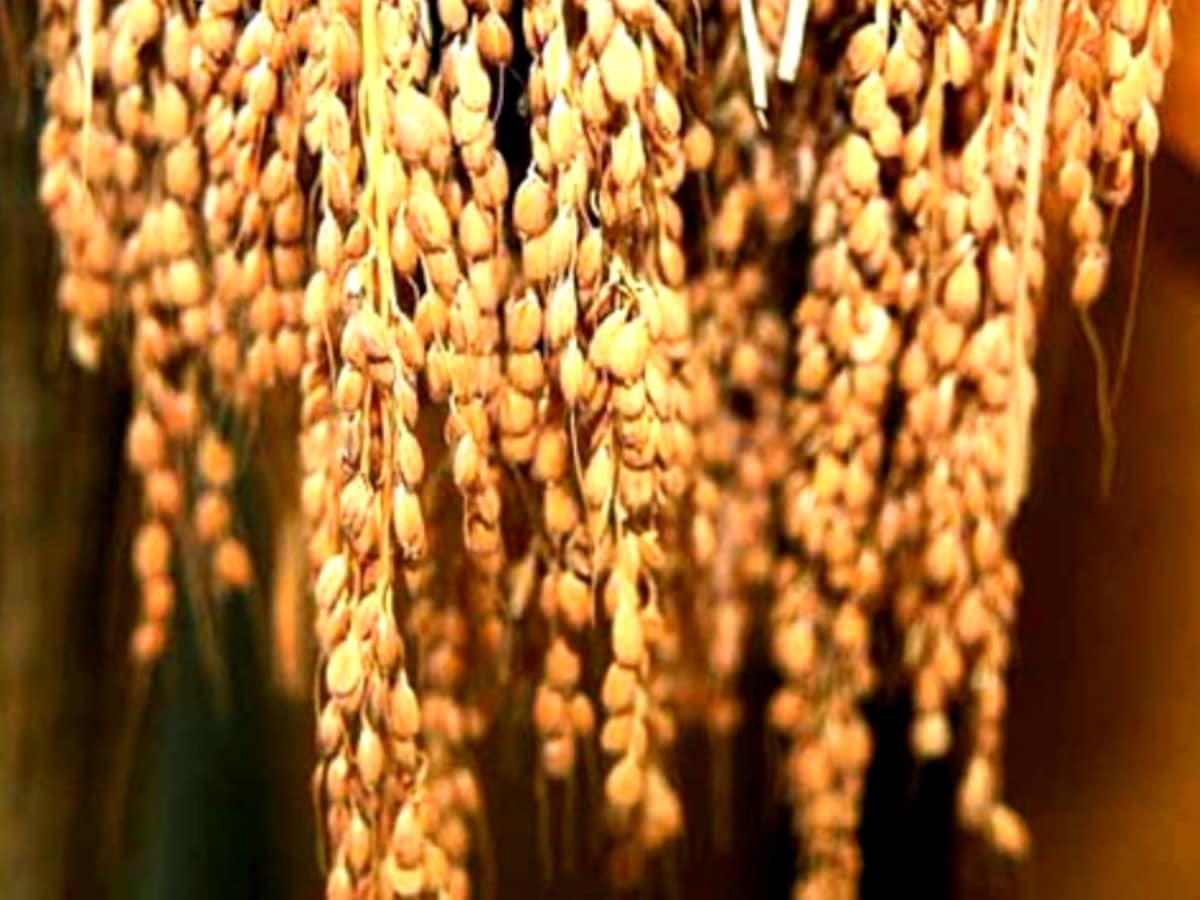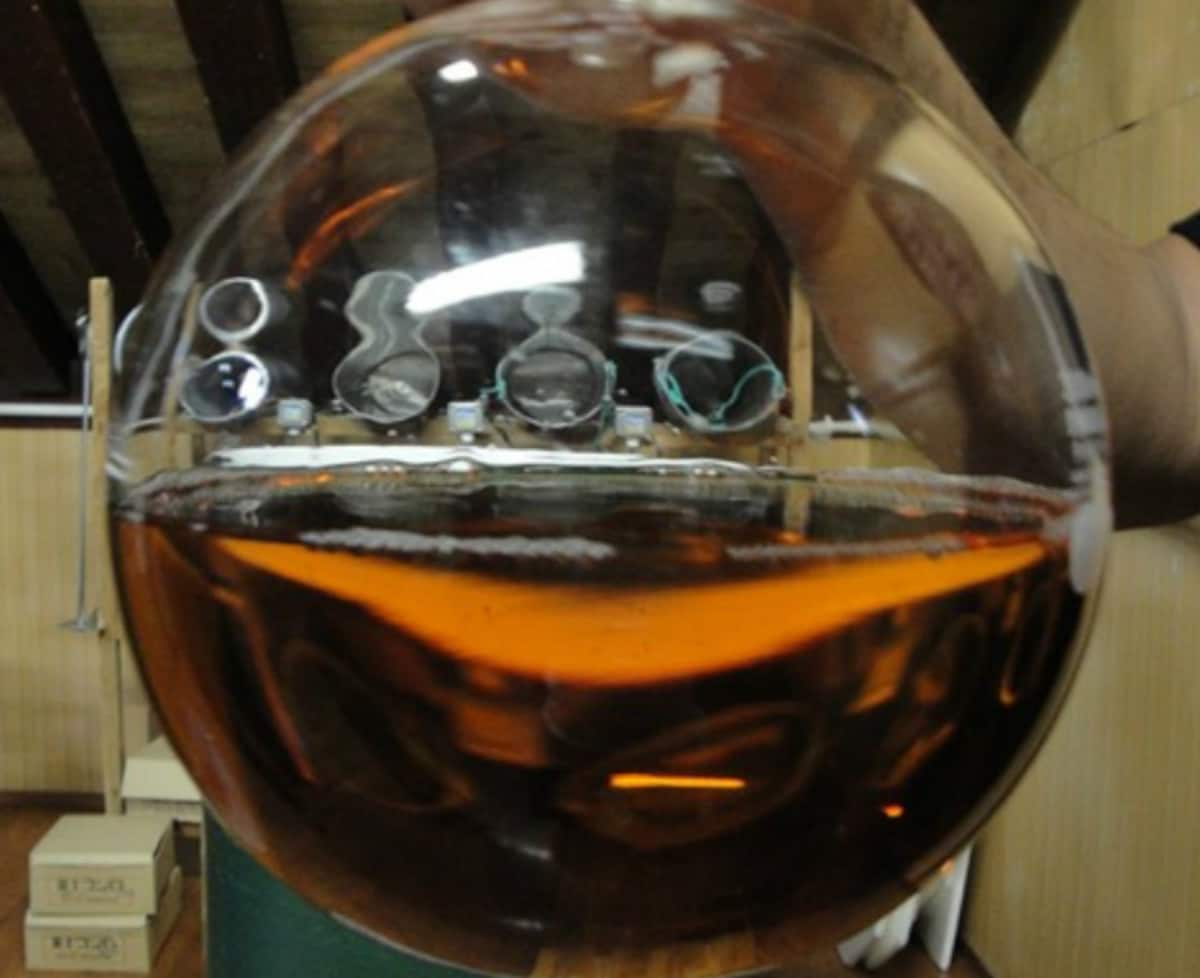Don't Know Sake? Welcome to Sake School!
Welcome to Sake School with "Professor" Monica Samuels, Sake Ambassador for Southern Wine & Spirits of New York. A sake educator for New York Vintners in Tribeca who trained with American Sommelier Association and the Sake Education Council, she graciously provided Serious Eats with a crash course through some of the "grainy" details of rice wine!
By Serious EatsMisconceptions About Sake
Before we begin our sake studies, let‘s debunk a few misconceptions. First of all, sake is alcohol made from a fermented grain, similar to the way beer is produced. Therefore, the idea of labeling sake as rice wine is incorrect. Second, sake isn't just for sake bombs, popular among American college students. Good sake should be savored and tasted as carefully as a fine wine. Third, sake is not as strong in alcohol content as hard liquor, making it easier to pair with foods without worrying about a massive hangover. And finally, while there are large bottles of inexpensive sake out there, premium sake is definitely not cheap! To make sure you are getting more bang for your buck, it's best to study up on what makes a good sake.
If you want to know more about sake myths, read on at Serious Eats below!
All About Sake Rice
For thousands of years, rice has been Japan's most important agricultural product. Once a form of currency in Japan, rice is now used to produce many other goods, such as flour, vinegar, and of course, sake. However, the type of rice usually used for making sake, called sakamai, is pretty different from the kind of rice that we're accustomed to eating.
The pure starch component of sakamai, called shinpaku, is separate from the rice's protein and fat. So if you polish or mill away the outer layers of sake rice, those proteins and fats are gradually removed, exposing the central starch. This polishing process, called seimai-buai, is vital to sake-making, and sake is partly classified by the extent to which its rice has been polished.
If you'd like to know more about rice polishing and the different kinds of sake rice, check out the link below!
The Importance of Water

http://drinks.seriouseats.com/2011/02/sake-school-the-importance-of-water-in-sake-making-where-does-sake-come-from.html
What makes good water for sake? Some minerals such as iron and manganese have adverse affects on sake quality and speed its aging process. The better regions for brewing sake in Japan have water with less than 0.02mg/L of both iron and manganese. On the other hand, magnesium, calcium, phosphates, and potassium are great for sake, and are valued because they help supporting yeast and koji. Check out some of Japan's best sake water regions below!
Koji: The Miracle Mold
In order to brew beer, barley (or another grain) goes through a malting process, where enzymes within the barley help to break down starch molecules and begin converting them into sugars. One of the fundamental differences between sake and beer is this: sake rice does not contain the kinds of enzymes that barley does, so an additional ingredient is needed to help convert the rice's starch into sugar. That is where koji-kin (rice mold) comes in.
Koji-kin is a mold that's commonly used in Chinese, Korean and Japanese culture to ferment soybeans as well as to make alcohol. This cultivation of koji (once koji-kin is fully grown onto sake rice, it's simply called koji) is often considered the most important part of the sake brewing process. The method of koji-making varies greatly from one brewery to another.
All About Sake Yeast
We've discussed sake rice, water, and koji, the mold that makes sake possible. But there's one important sake ingredient left: the yeast. While yeast is necessary for the fermentation of every alcoholic drink, sake yeast is a bit different from the yeast that ferments wine and beer.
The strain of yeast that a brewer selects—as well as the way the fermentation is carried out—has a direct effect on the sake's aroma and flavor. Knowing a little about yeast can help you pick out flavors in sake, and guide you toward discovering which types of sake suit your palate best. You can find out more than you imagined there was to know about sake yeast strains at Serious Eats below!









